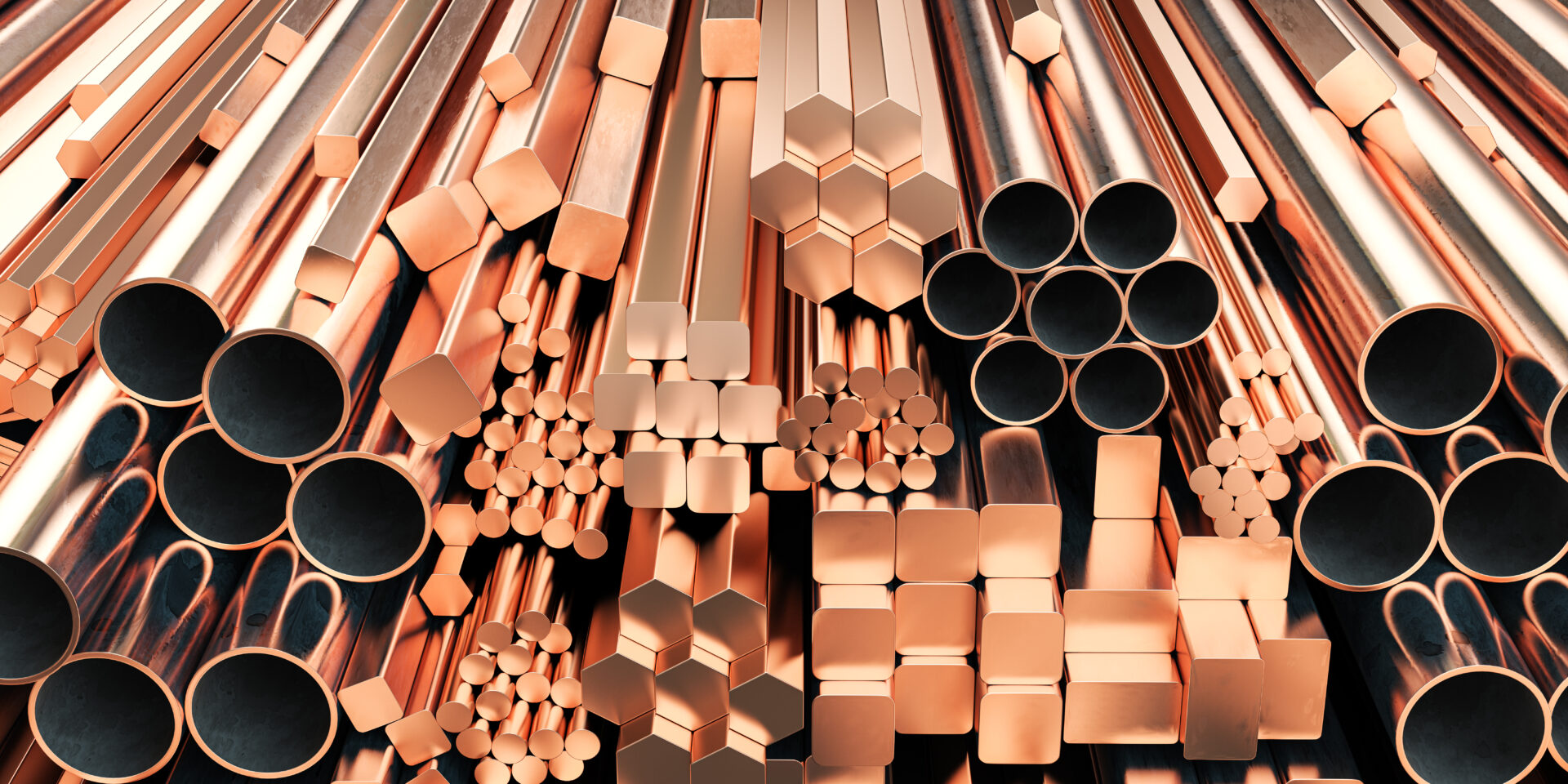
If you’re sitting down at your dining table and just reached over to turn on a lamp, it’s possible both products were made from a key ingredient: scrap metal.
Scrap is actually a vital component in the manufacturing of a host of different products, from new buildings to home furniture to cars. It’s a great economic benefit when we use recycled scrap metals — such as aluminum, copper, steel, brass, and iron – since they can be reused over and over again to keep making something new.
The important word to stress here is recycling. Our ability to recycle scrap metal so it can be used in the manufacturing of new products serves a host of benefits, including reducing the amount of waste that gets produced or sent to landfills, and reducing the need for additional mining to obtain new metals.
The scrap metal that you bring to a recycling firm like GLE Scrap Metal doesn’t get instantly turned over for new manufacturing. There’s a detailed process that goes into transforming scrap so it can be refashioned for a wide variety of new uses.
Why is Scrap Metal so Valuable?
Today, scrap iron and aluminum metals have become essential elements in the construction industry, used for road and bridge projects, and in the transportation industry, where scrap is used to build automobiles, aircraft and other means of transportation. Containers, used heavily today by many companies, also are made from scrap, and so are appliances made from aluminum.
It’s considerably less expensive to use scrap metal for manufacturing than having to dig the Earth for virgin ore that can be used to make new metals, and it uses up a lot less of our natural resources.
And most of us have scrap metal but may not be aware that it still retains value even after we stop using it. Scrap metal is actually one of the most valuable products that you can recycle, since it gets reused for such a wide and diverse amount of consumer products.
And from time to time, most of us change out items containing metals – appliances, batteries, cans, clothes hangers, and automobiles, for example. The same is true for businesses that have plenty of office furniture made from metals. Taking those items to a recycling firm can earn you money.
Metal is also an item you can routinely recycle for money – and keep in mind that metal is actually in limited supply, which is why there is an additional strong need to have it recycled. That includes aluminum, brass, copper, lead, nickel, stainless steel, tin and zinc.
So if you do have metal products to bring to a recycling firm like GLE Scrap metal, what will they do with it?
Good question.
How Does Scrap Metal get Recycled?
Once brought to a recycler, metals get separated by type, crushed and compacted, and then non-metal components like plastics are removed. What is left gets melted in a high-temperature furnace into metal sheets, which liquefies the metal and burns off any lingering impurities. Once it’s pure, the liquid metal can be molded into shapes like bars so it can then get used to make new metal products.
It sounds simple enough, but it’s more intricate than that.
There are actually several main stages of the metal recycling process, starting with the collection process.
Because scrap has a high value, there’s a need to have it brought to recyclers. It can come from a variety of sources, including used vehicles, large steel structures, ships, farming equipment, railroad tracks, and consumer scrap. The recovery of precious metals like palladium, platinum, gold, copper and lead can only happen if enough scrap gets collected.
Next, it needs to be sorted, which involves separating metals from the mixed scrap metal stream. Magnets and sensors are used in the material separation during these automated recycling operations, using factors like material color or weight to determine the metal type.
Metals are then shredded to facilitate the melting process. Small shredded metals have a large surface to volume ratio and can be melted using less energy than it would take to mine for virgin ore.
Then comes the melting process. Scrap is melted in a large furnace, and after the metals have been melted down into a liquid state, they get poured into molds to create ingots, or a small bar or brick of solid metal.
While this step uses more energy than the earlier ones, it’s still less than what would be required to produce metals using virgin raw materials.
Next, there is purification, done to make sure the final product has a high quality and is free of contaminants. One of the most common methods used for purification is Electrolysis. Then comes the solidifying process, where melted metals are moved along a conveyor belt so they can be cooled and solidified, which also means they’re now ready to be used in the production of new products.
And, of course, when the products made from recycled metal bars reach the end of their use, the metal recycling process starts all over again.
Why Do We Need to Increase Recycling Rates?
While there is a sophisticated system in place for recycling scrap, overall recycling rates remain low and need to be increased. It’s been estimated that the current metal recycling rate is about 30 percent, which is why some state governments are working to ensure more scrap gets recycled rather than sent to landfills.
Keeping scrap materials out of landfills is one of the great benefits of the recycling process. Recycling helps reduce the need for virgin resources to make new metals, and it requires considerably more energy to mine for virgin ore than to reclaim them from scrap metal.
The Environmental Protection Agency reports that using scrap metal provides a 75 percent energy savings as opposed to using virgin iron ore.
And fortunately, there are a lot of strong uses for scrap metals that have been recycled. The ingots sold to manufacturers and production companies are in high demand, since metals like copper, steel and bronze are very sought-after these days.
After recycling, the uses for scrap metal can be quite diverse. That includes:
* Manufacturing and Industrial. Scrap is used by manufacturers as building materials, in the production of everything from automobiles to aircraft, appliances, industrial containers and plumbing.
* Food packaging. Recycled aluminum and steel get commonly used to package food products, and most canned goods found in local supermarkets contain some recycled metal. It only takes a few months before recycled scrap metal can reappear on shelves as canned food or beverage containers.
* Products in the home. Home furnishings, lighting, fixtures, and roofing materials can all be made form recycled metals.
Conclusion
If you have scrap metal in your home or office that you’d like to sell for recycling, GLE Scrap Metal buys scrap metal.
There’s still a strong need for more consumers and businesses to bring their used scrap to experienced recyclers like GLE Scrap Metal, which performs environmentally-friendly processing and recycling of all base and precious metals.
This family-owned and operated business will purchase, process, and re-integrate all recyclable base metals, which are supplied to domestic mills and global end-users to be transformed into new products.
GLE Scrap Metal also maintains utilizes natural resources and helps conserve energy.
To learn more, call GLE Scrap Metal at 855-SCRAP-88 and request a quote.



